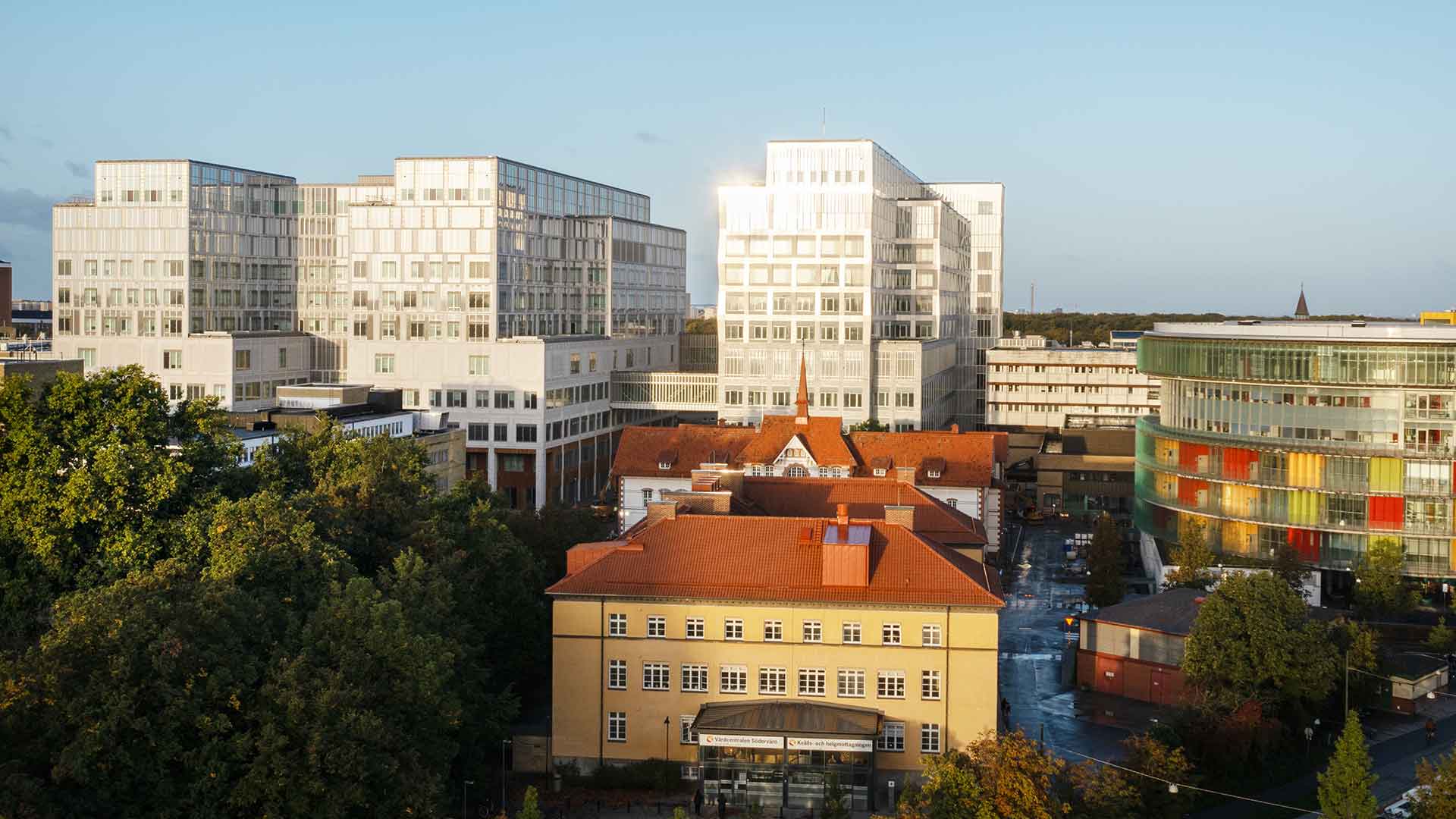White Arkitekter has collaborated with Region Skåne and Skåne University Hospital in Malmö for several decades. When the work to transform Skåne University Hospital campus started in 2015, we were given a significant role in defining the scope, producing a property development plan and master plan for the hospital area with a focus on evidence-based design, sustainability and greenery. The project also includes the construction of two new hospital buildings in the heart of the hospital campus.

DeepDive: Key factors for successful healthcare projects
As well as being sustainable and flexible when completed, hospitals need to adapt to changes in the world around them as well as the constant development within healthcare during the project. Kjell Nyberg and Paula Block Philipsen have been working on the new hospital buildings at the Skåne University Hospital campus since the start. In two years, just over ten years after the project began, it will be completed. Here they talk about the complexity and key factors for the success of a healthcare project throughout the journey.
We have contributed with a holistic approach and have extensive experience of both transformation and healthcare environments. By being involved from the very beginning of the projects, we can show the possibilities - for the care and the people who needs it, of course, but also for the city.
– In projects like this, not least in the case of Skåne University Hospital campus, we are involved in everything from the urban planning to the interior design of the hospitals, says Paula.
Healthcare projects are complex and often span around ten years. In other words, a lot can happen during the course of a project. A healthcare project therefore needs to meet the requirements for development and change that healthcare is constantly undergoing and must respond to.
Healthcare environments need to be able to adapt to the constant changes in healthcare, the outside world and technology - both during project planning and in order to be sustainable in the long term. We as architects have an important role here. What is developed at the beginning of the project needs to be up to date even when the organisation moves in a decade later.
Another change that always needs to be considered in projects like this is cost review and adjustments.
– In large projects, cost management is key and several adjustments are usually required during the course of the project. It is important to have a good insight into how we can prioritise and rethink function, design and materials when necessary, says Paula.
So, what is important to consider when developing large healthcare projects?
In order to respond to changes and maintain a common thread over time, it is particularly important to have continuity throughout the project and for the project team to have a solid knowledge of healthcare environments in general and the project in particular.
– This makes it possible to find the best solutions for the situation. It also makes it easier to take advantage of the experiences and conclusions drawn in the final phase, which can be important for future projects, says Kjell.
– In the case of Skåne University Hospital campus, we have also, in collaboration with Region Skåne and Skanska, been involved from an early stage, which meant a joint responsibility to run the project together from the idea phase to handover. This has been a great advantage, says Paula.
Read more about Skåne University Hospital campus project >
Contact:

